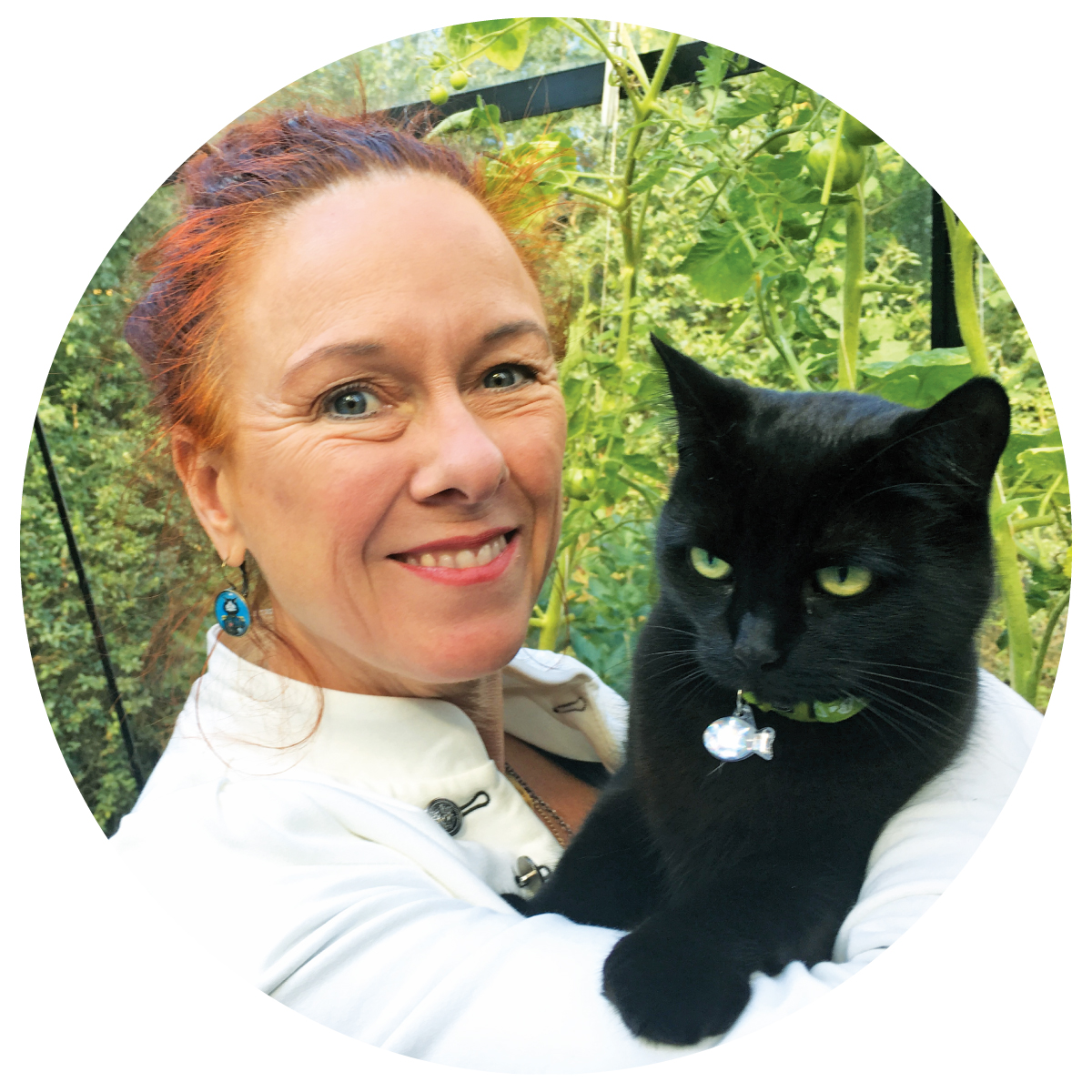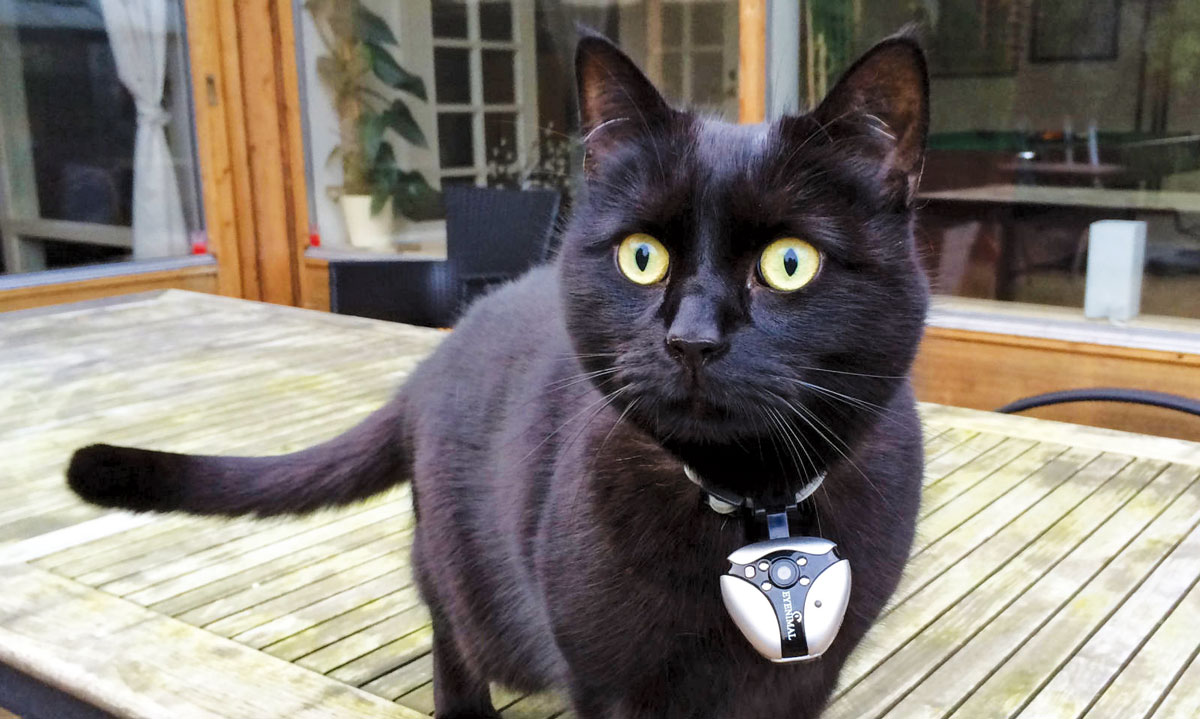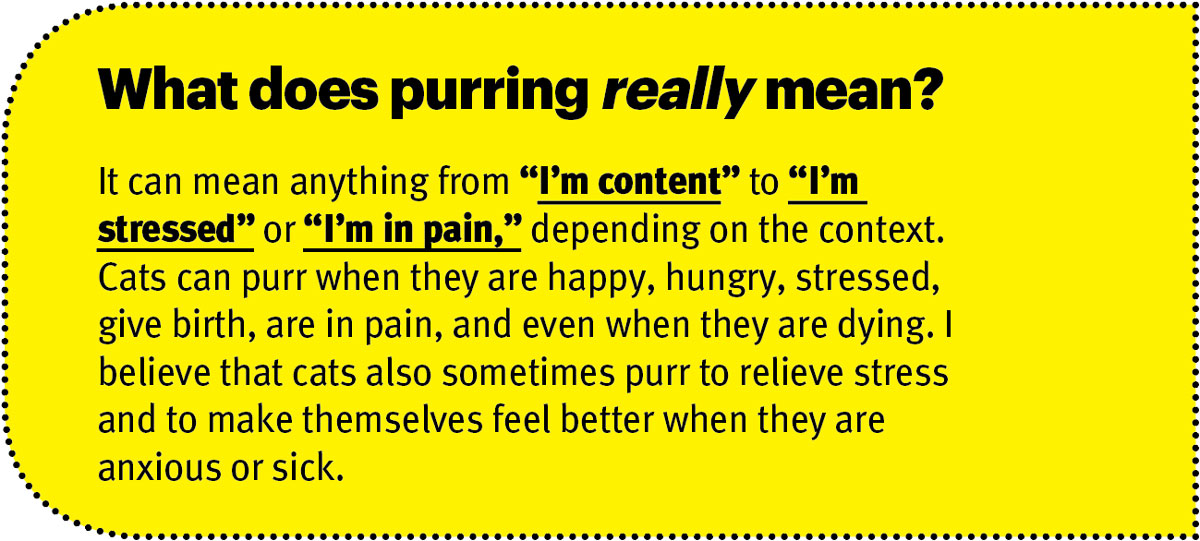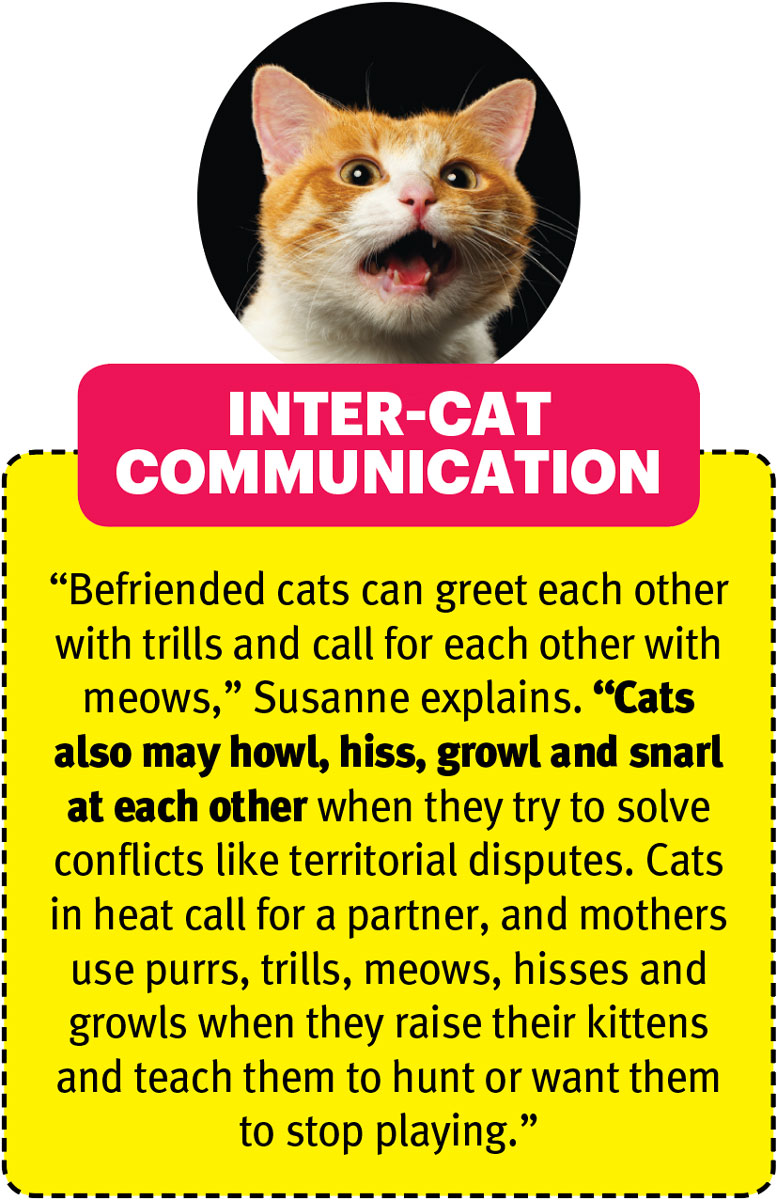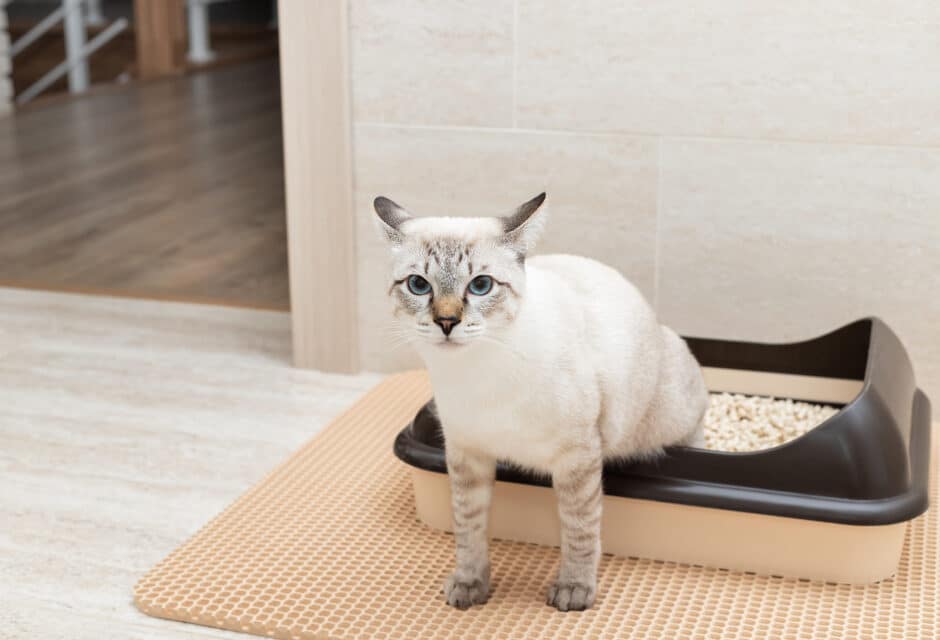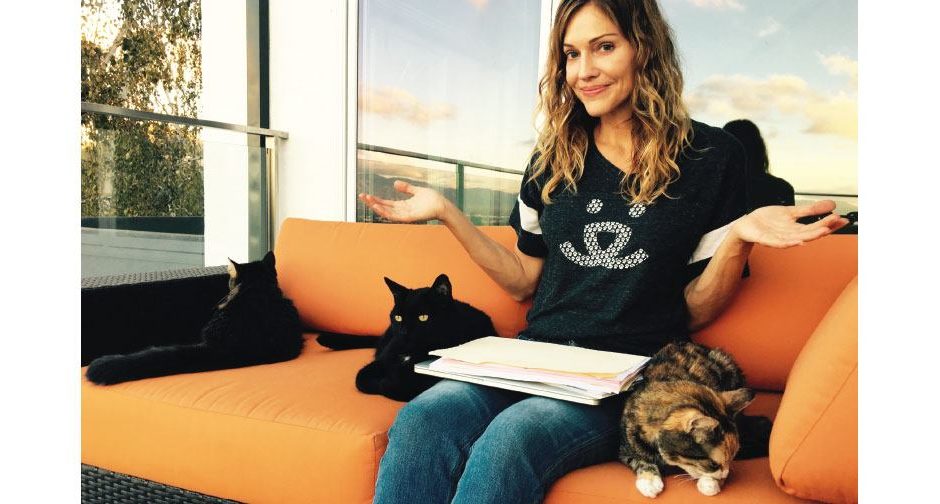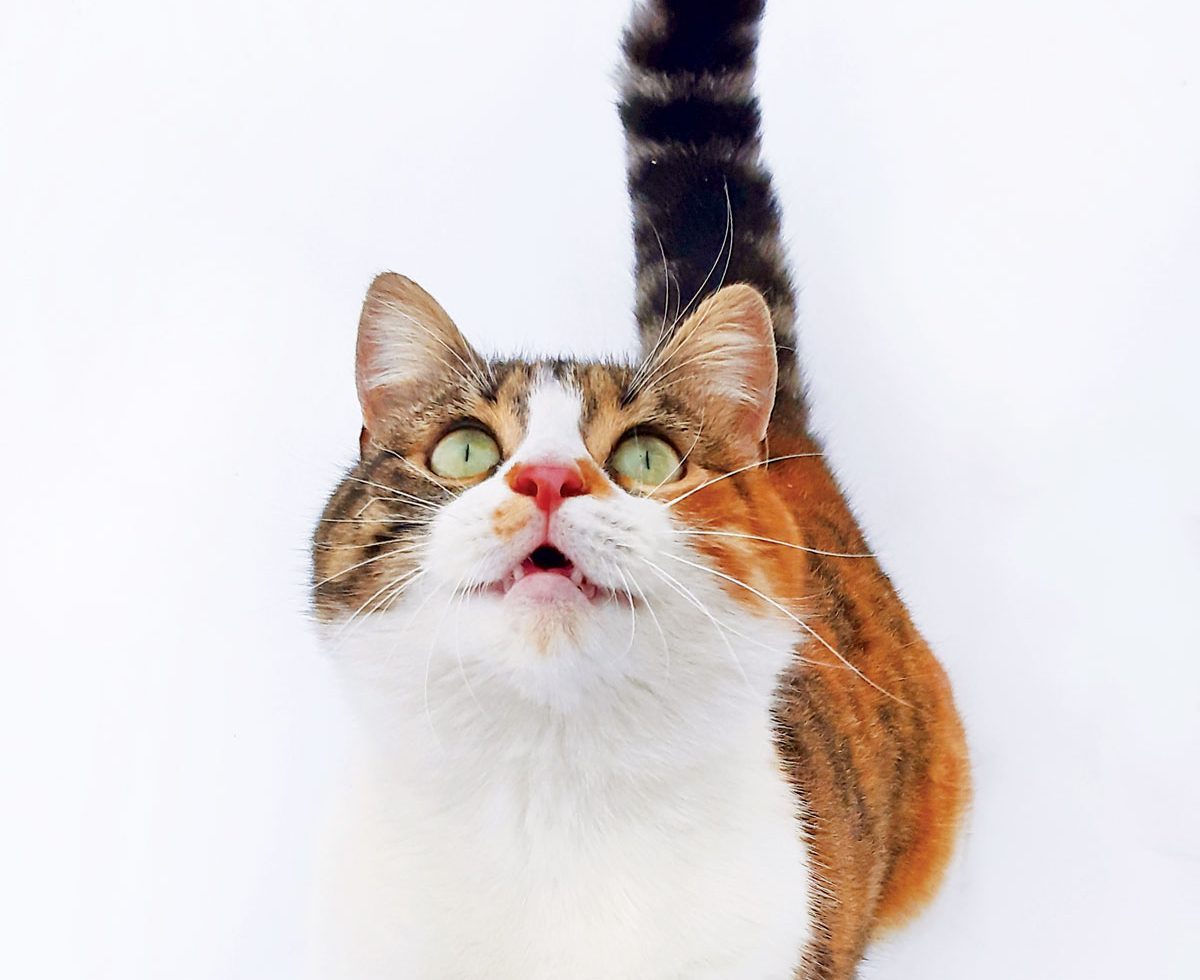
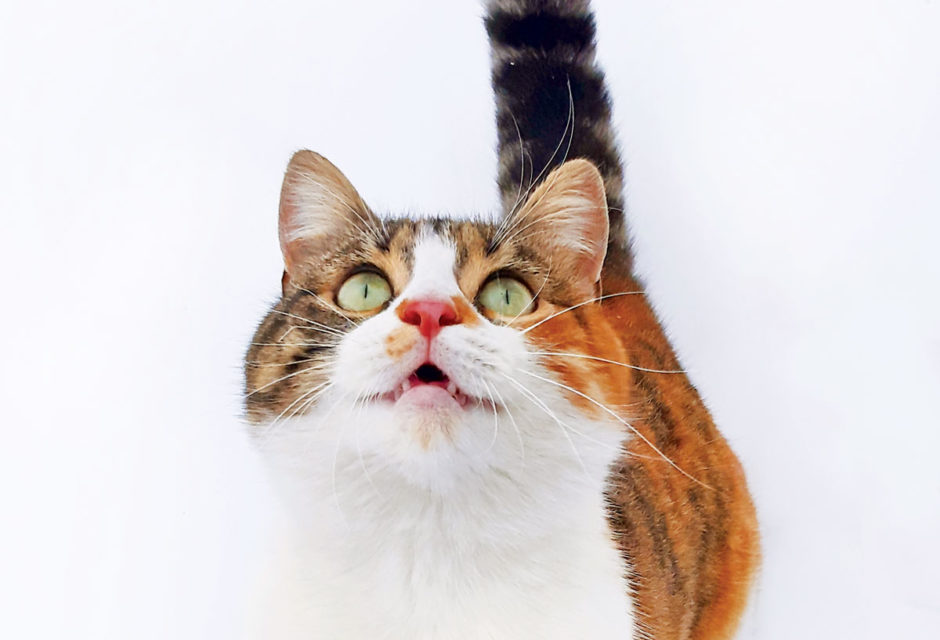
The Secret Language of Cats Revealed
Breaking the cat code: how you can understand what your cat is trying to tell you—and how you can actually talk back
Do you know “cat language?” Have you ever wondered how you can better communicate with your cat? Read on for how to speak cat…
Yes, you can actually talk to your cat. Swedish phonetics expert Dr. Susanne Schötz has done the research to prove it.
If you’ve ever wondered what your cat is saying, you’re not alone. As every cat person knows, cats do not meow, chirp, growl or hiss randomly. Cat vocalizations have a purpose, and they can carry important messages, both for us and for other cats. Unfortunately, we humans frequently don’t understand what our cats are trying to communicate, you can also use cat body language to help you too.
Lucky for us, Swedish cat researcher Dr. Susanne Schötz has applied herself to parsing these complex vocalizations. Susanne is an associate professor at the Swedish University of Lund, where she teaches courses on human phonetics. As a cat lover—she herself has five cats—she decided to use instruments and methods typically used in analyzing human dialects to figure out what cats are communicating.
“One of my occupational hazards is that I tend to listen less to what people are saying than how they are saying it,” Susanne admits. Though this might not prove the best approach conversationally, it’s an asset in her research, particularly in the study of melody in human-cat communication.
In her study of human speech, she is “interested in how we produce different consonant and vowel sounds, how we perceive these sounds, and what their acoustic characteristics are,” Susanne explains. “I am also interested in how we vary our voices, especially the intonation (melody and pitch/tonal patterns) to signal different linguistic as well as paralinguistic (e.g. gender, age, emotion) meanings and how we often change or adapt our voices to the person—or animal—we are talking to.”
Susanne, who communicates with her five cats using both visual and vocal signals, “couldn’t help listening to how my cats varied their voices,” she says. “I noticed that cats use a large repertoire of different sounds (e.g. purring, meowing, trilling, howling/yowling, growling, hissing, etc.) and that they vary them extensively (e.g. the intonation), depending on the context or situation and their mental state.”
She wanted to learn more about what causes this variation in vocalization and found that there was surprisingly little earlier research on cat communication. She began recording her own cats in different situations and analyzing their vocalizations with the same phonetic methods she uses to study human speech.
Her findings led Susanne and her colleagues to secure a research grant to use phonetic science to back-up and refine what she calls “meowsic,” a.k.a. cat-speak, in order to understand the vocal strategies used in human-cat communication. The end-goal? Improving the communication and thus the relationship between cats and their caretakers. She has brought her research to the people with her new book, The Secret Language of Cats, in which she introduces the reader to cat phonetics and the full range of feline vocalizations, explaining what they can mean in different situations.
So, how does one better understand and communicate with their cat? For starters, Susanne tells us “If you talk about things your cat is interested in—food, play, etc.—and use the same words and tone of voice, I think that many cats learn to associate what you are saying with what is about to happen.”
Susanne’s starter tips for talking with your cat
- Listen carefully to the nuances in your cat’s voice. What type of vocalization is it? Is it a meow, chirrup, purr, growl, howl, chirp…?
- How long and loud or soft is the sound?
- Is the pitch high or low and how does the melody change?
Observe to connect a specific type and variant of a sound to a certain context (food, play, etc.) and mental/emotional state to understand what your cat is trying to communicate. Mimic these sounds back in the same context. (You can listen to the many examples of cat sounds in different contexts on Susanne’s webpage meowsic.se/catvoc).
This is the most important cat vocalization sound to understand
The most important cat vocalization? “I’ll have to go with the meow,” Susanne says, “because it is the most common sound directed to us humans. It usually means “I want,” and what the cat wants usually depends on the context and the mental and emotional state of the cat. Cats usually meow when they want our attention. But my personal favorite sound is the trill—both the soft low-pitched “grunt” and the more high-pitched “chirrup”—because they sound so friendly.
Do all cats speak the same language?
“Most cats can meow, purr, trill, howl, hiss, etc, but every cat has his own personal voice quality, just like humans,” Susanne says. “I also believe that many cats develop nuances in their voices and even may adapt their voices and sounds to their owner to improve communication.”
Remember that cat-speak varies according to the individual and the context, but for one example, Susanne shares that her cat Donna uses different sounds and melodies depending on the type of request she is making (food, play, cuddle, wants to go outside or inside, etc.) For food, she usually meows with a rising melody. When she wants to cuddle she chirrups. And when she wants to play she usually starts by trilling softly, then moves on to meowing, and if Susanne is busy and doesn’t give her attention quickly enough, Donna begins to trill-meow louder and louder with increasing variation in the melody (usually with a final rise in pitch) until Susanne finally gives up and plays with her for a while.
Even Susanne with her nuanced ear was surprised to find that cats are using such a wide repertoire of different sounds. Furthermore, the tone and melody of a cat vocalization varies extremely and seems to carry an important part of the message. For instance, the more variation in the melody, the more excited or urgent the message seems to be. Also, every cat has his or her own personal voice quality, just like we humans do.
Is your cat happy, scared, irritated, excited?
Listen to the pitch and melody. As in human speech, cat speech changes with context and emotional state. “The pitch and melody, the length and the loudness (if a sound is soft or loud), as well as the voice quality (if the sound is hoarse, for instance)—these all vary with the emotional state of the cats, much in the same way that human voices often reveal the emotional state of the speaker,” Susanne notes.
How to tell if your cat understands what you’re trying to say.
“Well, I think that depends on what you are saying,” Susanne says. “But generally, if your cat responds in the way you expected, chances are that she will have understood you. I have recently tried trilling to my cats, and have found that when I use a soft chirrup with a rising melody, my cats interpret this as a friendly request, and usually stop what they are doing and come to me.
Our cats are frequently frustrated that their people don’t understand what they’re trying to say?
“Sometimes,” Susanne concedes. “I think that sometimes we are so busy that we forget to give our cats the attention they need and want, even when they are trying to communicate with us with sounds.” Most often your cat’s language is simply your cat is trying to communicate this to their people: “That they want our attention so that we can help them fulfill their needs, desires, and intentions.”
Join the newsletter and never miss out on cat content again!
"*" indicates required fields
By clicking the arrow, you agree to our web Terms of Use and Privacy & Cookie Policy. Easy unsubscribe links are provided in every email.





